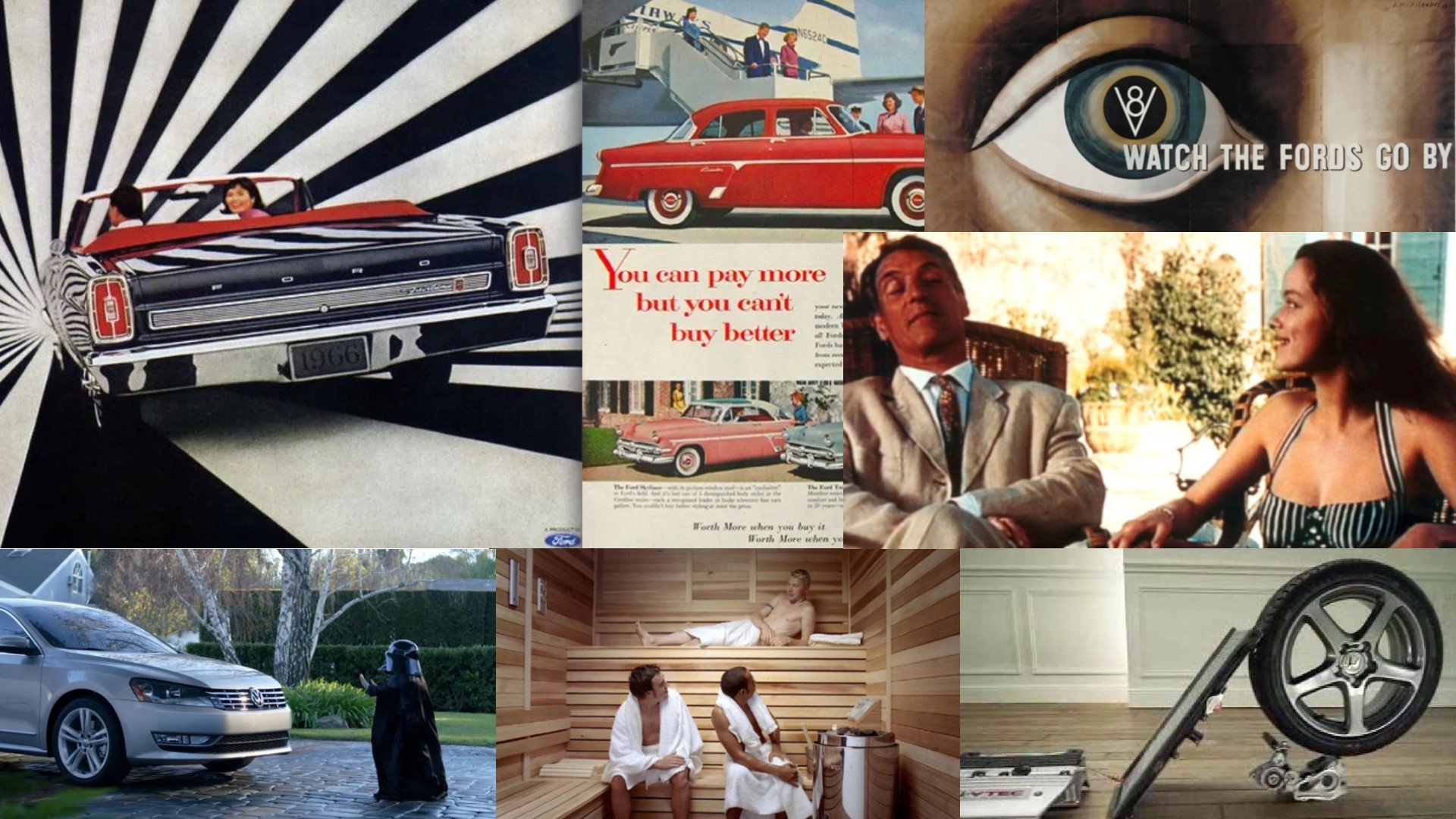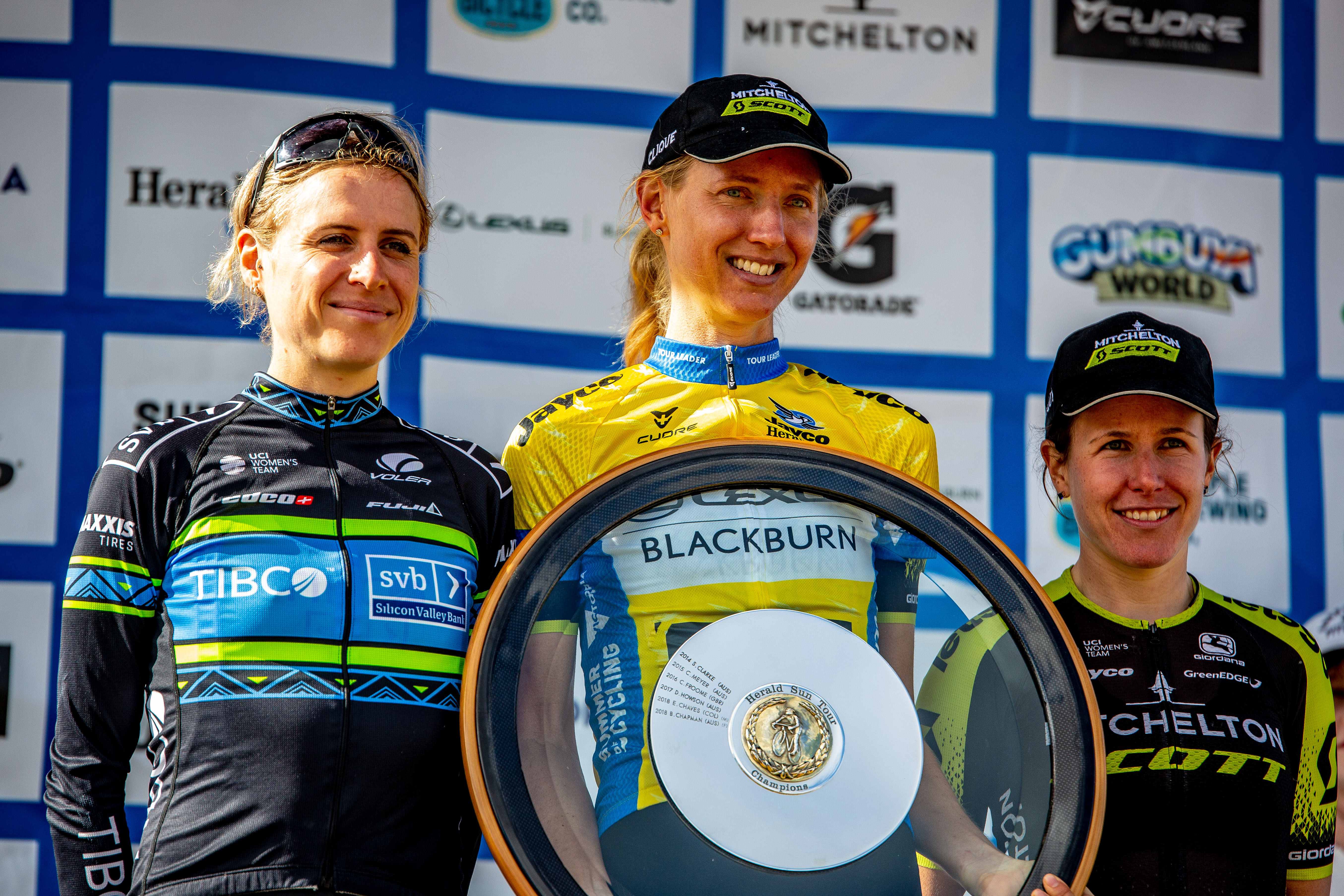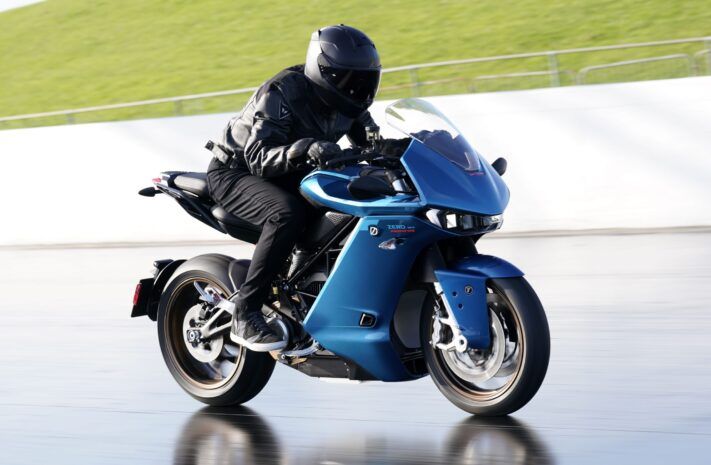This Volkswagen Was The Only Production Car To Ever Feature This Engine Configuration

W8 engine cars never caught on. In fact, “cars” isn’t the right word because only one ever reached mass production. The Volkswagen Passat W8 is a truly one-of-a-kind car, as no other production vehicle has ever packed eight cylinders in a W formation. The reason why VW made it is even more interesting and relates to the most successful 12-cylinder in history, which was recently killed off. Here’s what you need to know about one of Volkswagen’s weirdest models.
Data for this article has been sourced primarily from the automaker.
A Look At Volkswagen’s Most Unusual Engine Configuration
|
2001 Volkswagen Passat B5.5 Performance Specs |
|
|---|---|
|
Engine |
4.0-Liter 8-Cylinder |
|
Power |
270 hp |
|
Torque |
273 lb-ft |
|
0-60 |
6.8 Seconds |
|
Top Speed |
155 mph |
|
Transmission |
5-speed automatic/6-speed manual |
|
Drivetrain |
AWD |
Volkswagen’s W8 engine only made it into a single production model, the 2001-2004 Volkswagen Passat. Specifically, the B5.5 model, which had a production run of 11,000 units.
The W8 was built from a pair of 15-degree VR4 cylinder blocks arranged at a 72-degree angle on a common crankshaft, creating the “W” shape. The intention behind the W8, according to an overview from Volkswagen itself, was to provide a smooth-driving performance car luxury experience. To do so, it used the W configuration because they could pack eight cylinders into the same amount of space automakers normally used for a V6 or an inline-six.

Related
Your Complete Guide To W Engines
All you need to know about the W engine configuration
Volkswagen achieved its goal in spades, as the engine won the Golden Pegasus award for best technical innovation at the Moscow Motor Show, and reviewers generally loved how the B5.5 Passat felt on the road, even though its power output was mediocre at the time. The 2004 Infiniti Q45, for instance, produced 340 hp from its V8 engine, putting it more than 70 horses ahead of the Passat. But the W8 was built for comfort, not for speed. In any event, the B5.5 still managed to hit 60 mph in under seven seconds, so it wasn’t that big a performance compromise for luxury car enthusiasts.
Why Didn’t This Engine Catch On?
The truth is, the W8 was never really intended to catch on. This engine was built as a test bed for the W12, which would debut two years later. The W8 Passat was priced as if they were actively trying to scare people off of buying one, and as a result, only hardcore fanboys took the plunge. The MSRP for a base W8 Passat started at $37,900. Adjusting for inflation, that’s $68,002 in 2024. That’s not a very attractive proposition when the base model started at $23,360. To put the price into perspective, it would be the most expensive VW on sale in the USA if it went on sale today. You could buy two brand-new GTIs and still walk away with a chunk of change.

Related
Volkswagen Passat Generations: Everything You Need To Know In One Place
The VW Passat’s star faded over the years, and belonging to a dying segment didn’t help, so VW finally put the long-serving sedan out to pasture.
If the W8 Passat doesn’t have a reputation for being unreliable, that’s mostly down to the kind of drivers it attracted: people who were willing to pay double for a slightly smoother driving experience. These would be the type of driver to give the Passat the extra attention it demands to keep the transmission from blowing. W8 drivers typically report that the oil and coolant levels need constant attention, issues that will quickly turn your car into an immobile piece of yard art if left unattended. They say a Toyota will last no matter who’s driving it, but a W8 Passat will only last if you’re the kind of person who’s willing to spend $70,000 on a W8 Passat.
It was also extremely thirsty, so it’s no wonder the W8 was discontinued before the next generation of Passat rolled around. The W8 was an interesting idea, but it was only ever intended to get Volkswagen to the W12, and it’s easy to see why they dropped the configuration, and why nobody else took the baton and ran with it.
Other Weird Volkswagen Engine Configurations
Volkswagen has always been willing to try something different when it comes to engine layouts, and the W8 isn’t the only unusual configuration they’ve ever explored. If you know your VW history, you might also be familiar with these configurations:
- VR5 – Also known as the “staggered five” engine, the VR5 wasn’t nearly as uncommon as the W8, but it was just as odd a fit in a world of inline and V-shaped configurations. As the name suggests, the VR5 utilized a staggered cylinder layout, so imagine an inline-five, but with the second and third cylinders moved slightly to one side, and the length of the cylinder block shortened. The VR5 engine family ran from 1997 to 2006, powering Golfs, Passats, Boras, and the New Beetle. It could produce up to 167 hp.
- VR6 – Before the VR5, you had the VR6, launched in 1991 and lasted until 2023 when the VW Atlas dropped the engine in favor of a turbocharged four-cylinder. Like the VR5, the VR6 is built in a staggered formation, but with three cylinders on the left and three on the right. Volkswagen was actively trying to phase the VR configuration out for most of the 2010s, hoping to replace it with turbocharged four-bangers. Still, the VR6 has stuck around, especially in the Chinese market where a new 2.5-liter turbo variant powers the Volkswagen Teramont and the Talagon.
- VR8 and W16 – There’s essentially no such thing as a VR8. Or at least, there has never been a VR8-powered Volkswagen production car. But the W16 engine powering the Bugatti Veyron and Chiron is effectively built from a pair of VR8s mated at 90 degrees on a common crankshaft, and boosted with four turbochargers. The 2024 Bugatti Bolide packs a 1,578-hp version of this 8.0-liter monster. We’ve referred to the W16 as “the world’s greatest engine,” owing not just to its immense power, but its smart design and the simple fact that an engine like this was unprecedented back when the Bugatti Veyron launched as the world’s fastest car in 2005.

Add CarBuzz to your Google News feed.
What Could The Future Hold For Engine Configurations?
Not that long ago, you’d think that the whole matter had already been settled. You can’t be blamed for assuming that inline-fours and sixes, V6s, and V8s were all you needed for the vast majority of passenger vehicles. If you’re going over eight cylinders, you’re looking at supercars. If you’re going under four cylinders, you were probably talking about motorcycles and microcars. But, in 2024, with fuel-efficient hybrids paving the way for a new golden age for three-cylinder vehicles, we’re not so sure whether we’ve seen it all.

Related
The Most Powerful 3-Cylinder Engines Ever Made
These cars proved that the 3-cylinder engine is more than just a small, fuel-efficient motor for economy cars, with power ranging up to 600 hp.
Right now, the 2024 Audi RS3 is the only car available in the US with five cylinders, and the last manual AWD hot hatch is powered by a turbocharged three-cylinder. But give it a few years, and hybridized and boosted inline-fives could well be the new V8s, powering a generation of new-age muscle cars. The only thing we can say for sure right now is that all bets seem to be off in the hybrid era.
link







